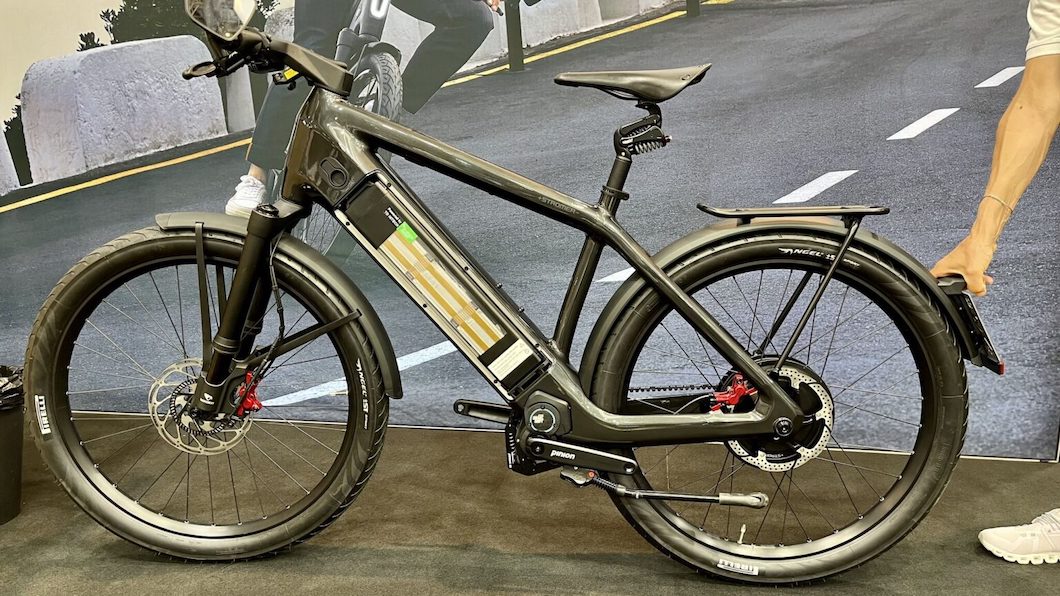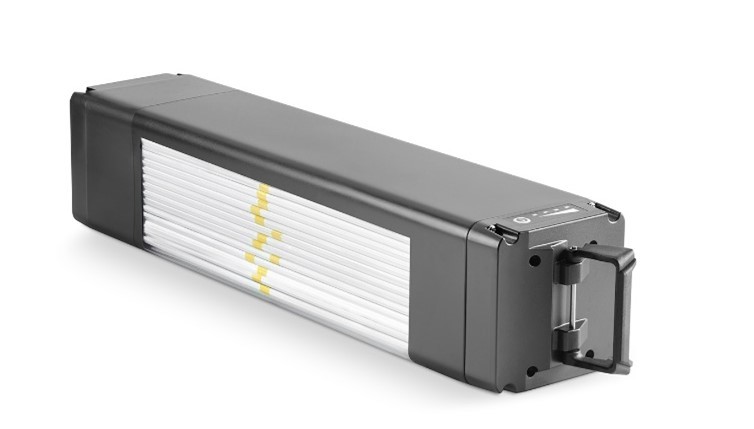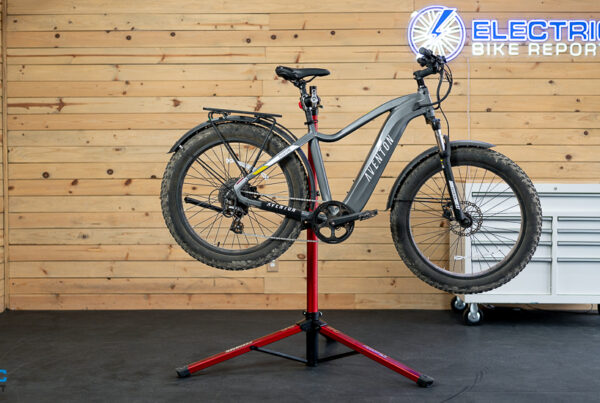Without the invention of lithium-ion batteries, e-bikes might not have taken off. Lithium-ion batteries offer a level of energy density and capacity per pound that older battery types, like nickel-metal-hydride (NiMH) or nickel-cadmium (NiCd). In addition to greater capacity and energy density, Li-ion batteries don’t develop a memory if not fully charged (as can happen with NiCd), or just suddenly shut off when low on power (as NiMH batteries do), but they aren’t perfect.
There are two newer battery technologies on the horizon and one of them is beginning to be featured in some e-bikes. One type is lithium-iron-phosphate (LiFePO4), which we will take a look at after we examine solid state batteries, because solid-state batteries share more in common with lithium-ion batteries.
The Electric Bike Report team is thrilled at what’s to come from new battery tech, but there’s some interesting things already happening now with different types of e-bike batteries. Let’s explore them all, shall we?
What is a solid-state battery?


A solid-state battery is, in fact, a lithium-ion battery, but by another name. Why have a different name? Its construction and materials used are slightly different. Both batteries feature an electrolyte solution. Okay, but what are electrolytes?
Electrolytes are minerals (generally in the form of salts), that can carry an electrical charge. Electrolytes help move the electrical charge that causes a muscle to contract in people. Think Gatorade.
In a lithium-ion battery, that electrolyte solution is a liquid and it helps conduct ions in both the anode (the + or positive end of the battery) and the cathode (- or negative end of the battery). The anode and cathode are separated by a barrier between the two ends of the battery. The issue with this technology is that should that barrier between the anode and cathode be ruptured, a chemical reaction can begin that can result in thermal runaway, the process that results in lithium-ion batteries catching fire. Also, the main ingredient (by volume) in the liquid electrolyte is ethylene carbonate, which is flammable and produces toxic gasses when burned.
By contrast, a solid-state battery uses a solid electrolyte throughout the battery. This form of electrolyte is more stable and won’t swell due to temperature change or experience thermal runaway like a traditional lithium-ion battery.
Aside from the safety benefits that come a solid-state battery, there are additional selling points to this technology. The first, biggest is that a solid-state battery offers increased capacity because it doesn’t need a thick membrane separating the anode and cathode of the battery. So, more charge, same physical space.
How much more energy capacity can a solid-state battery offer over lithium-ion? It’s hard to say, unfortunately. That’s because of a wide range of battery capacities. The technical term for this capacity is called “specific energy,” and it is expressed as watt/hours per kilogram (Wh/Kg). On the low end, a lithium-ion battery may offer only 75Wh/Kg, though most range between 150 and 200Wh/Kg. At the high end, the current iPhone 14 contains a lithium-ion battery with a 250Wh/Kg energy density.
By comparison, solid-state batteries are being produced that offer 350-400Wh/Kg. Depending on the battery in question, that’s at least double the specific energy, but potentially as much as four times as much energy. .
What that means is that an e-bike with a battery that currently weighs 8 lbs. could conceivably see it replaced by a battery that weighs half as much, but offers twice the capacity.
The second big advantage is that solid-state batteries enjoy a longer life cycle, meaning they can be charged and discharged more times.
More is good, but that’s not terribly specific, so let’s quantify that some. The average lithium-ion battery can be charged around 2000 times. Some handle closer to 3000 cycles. By comparison, a solid-state battery may offer as many as 10,000 cycles before needing to be replaced.
Solid-state batteries will also benefit from far shorter charging times, with some batteries being able to reach 80 percent charge in 10 minutes and 100 percent in 15.
.
.
.
#Types #EBike #Batteries #Electric #Bike #Report
Source link








